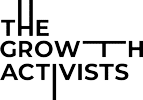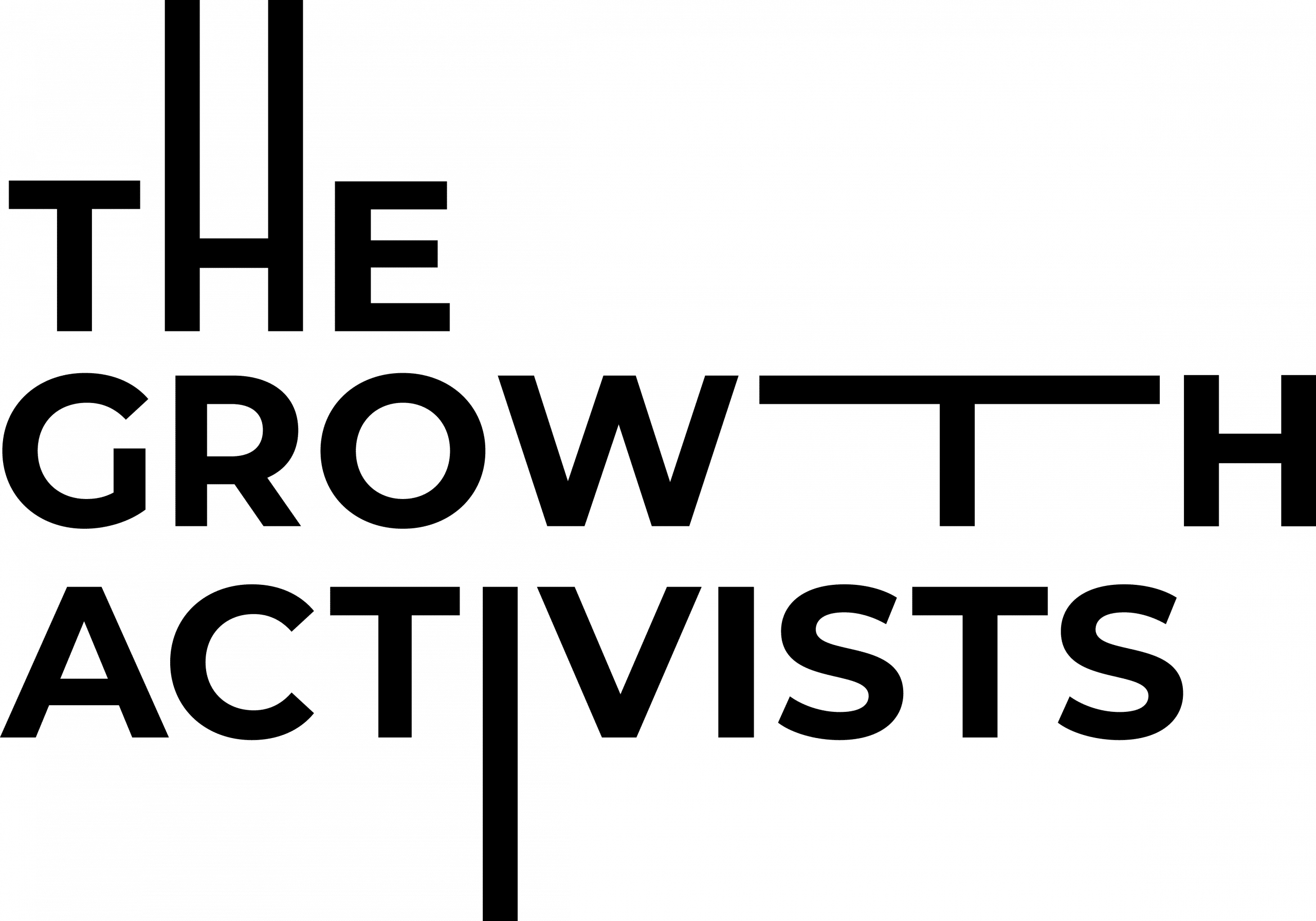Insight on Research Insights
A while ago, I was working on the strategy team of a large media buying company. A media buyer, in a panic, came running up to our desks.

‘I need some insights.’
‘What?’ was my response, obviously not having noticed the ‘Take a Number for your Insight’ queue that had been set up that morning, under a sign titled ‘The Insight Factory.’
‘I’m presenting to a client this afternoon and I need some insights. Here’s the deck. If you can just pull together some insights, that would be fab.’
We postponed the presentation.
Insight on Research Insights
Along with terms such as ‘strategy’, ‘disruption’ and ’innovation’; insight is loosely used, poorly understood and undervalued. A consistent definition of what an insight is, along with an understanding of the value an insight can bring, unlocks new opportunities across marketing, business strategy and customer experience. Deep insights are essential for powerful and effective strategy.
Defining an Insight
Often an insight is defined by what it is not – It’s not data, it’s not an observation (more on that later) and it’s not the ramblings of a focus group participant just there for the sandwiches.
An insight is the why behind all of these.
An insight delves deep into the Why. Why is a particular behaviour occurring, why have certain statements been made, why is the data what it is.
My definition of an insight is:
‘A deep and previously undiscovered perspective that tells us why. Why a behaviour exists anchored in a core human truth.’
It’s at this point, the insight should set off the light bulb ‘a-ha’ moment.

An example.
I was working on a frozen meals brand and looking to understand the choices that shoppers would make at the supermarket. With the target audience being young, single females, we noticed that she would start at the freezer section to choose the frozen meals and then carry on to finish her shopping.
Most of the shoppers we observed used hand carry baskets for their items, and we made an assumption that the frozen meals were shopped first and then fruit and veg to complement the meal.
The truth was a little different – when questioned afterwards as to why they shopped frozen meals first, the response was that they didn’t want other shoppers, particularly male, to think they couldn’t cook and had to rely on ready made frozen meals. They were embarrassed at having to purchase them, so they hid them at the bottom of their shopping basket!
This had a significant impact on key messaging for the communications we developed, shifting from ‘convenience & speed’ to ‘its OK to have a break in your busy life’.

4 Steps to Great Insights
1. Define the problem from the user’s perspective
Your problem – declining sales, increased competition – is not their problem. And frankly, they don’t care.
Our shoppers problem was not wanting to be perceived as a lazy or bad cook because they purchased frozen meals.
Framing and defining the problem from their perspective puts you in their shoes.
2. Understand why the problem is a problem.
For young, image-conscious women, maintaining their image is crucial in all situations – even in the supermarket. They want to create a certain perception and believe that their shopping basket influenced that perception.
Articulating the why begins to unlock deeper, emotional and human reactions for behaviour.

3. Define the underlying motivations
End users are ultimately motivated to solve problems in their lives. And looking for the easiest path to the result. These motivations are will rise to the surface as frustrations, sometimes exasperations and at time even anger.
For example, paper towels – highly functional and used to clean up a mess. But a paper towel company in Germany researched the key motivators behind the use of paper towels, and what they found was a powerful insight.
Paper towels are used to diffuse upsetting family situations.
Think about a child spilling a drink and the chaos and tears that ensue – paper towels come in to save the day. This went on to impact messaging and packaging for the brand, including printing happy images of teddy bears and butterflies.

4. Imagine the Perfect Outcome for your user
Imagine their problem has been solved. Think about how they would feel once their problem has been solved, and what role you can play in solving that problem.
You will know you have landed on a valuable insight that unlocks opportunity when it;
- Creates a solution for a real problem for your end user
- Motivates the user to action, as they can see the clear goal
- Provides a unique perspective into the user’s life, goal, and emotional state
Finding a truly valuable and unique insight is not easy, and needs constant challenging of assumptions, customer behaviour and nailing the ‘why’. But it pays dividends as powerful insights drive competitive advantage for your business.
You can explore more of our case studies and articles here.




